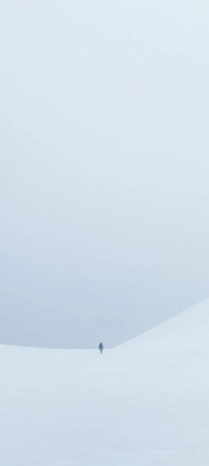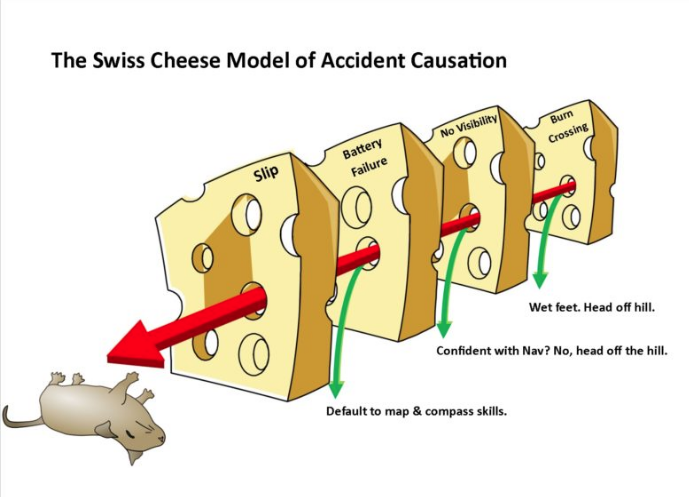|
A thoughtful reflection on lessons learnt from accidents during the winter There is no doubt that this winter has been memorable. Extensive snow cover, combined with low temperatures has provided us all with an exceptional winter playground. Whether it’s hill walking, mountaineering, ski touring or climbing the opportunities have been endless. And there has been no shortage of us getting out there ‘doing our thing’ enjoying the great conditions. Social media and the outdoor press have been awash with inspiring adventures and stunning photography. I guess it’s always going to be a numbers game; an increase in the number of people enjoying the hills often reflects in the number of people getting into difficulties and, sadly, in the first three months of 2018, 10 people have lost their lives in the Scottish hills. I think it is really important that we are able to access information regarding what went wrong so we can all learn and potentially avoid the same pitfalls. What is very clear to me, studying accidents, is that it is rarely a single error that results in a call to our mountain rescue services. We are all human; none of us can be total experts in our field due to the very nature of the environment that we choose to play in. However experienced we are or however thorough our preparation and planning is, curve balls will head our way. We can never totally predict the vagaries of nature that can be thrown at us in a Scottish winter environment and neither would we want to, as that is part of the attraction, the adventure, the making decisions that have very real consequences. Which bring me to cheese. Swiss cheese to be precise. The stuff with big holes in it that looks as though the mice have been having a party on the supermarket shelf. Line up some slices of Swiss cheese; some holes will line up and some won’t. Imagine each slice as a potential challenge you face in the mountains, for example crossing a burn in spate with melt water. If you are careful and pick the right location, and your balance is good, and you have poles for support, you will get across safely and with dry feet. But, take a slip on an icy boulder and the feet are wet with boots sodden. With increasingly cold feet, you carry on and hit the next slice of cheese: the cloud level has dropped unexpectedly and careful navigation is required, particularly as you know you are near what is a potentially corniced edge. You haven’t got a map or compass so you are relying on your mobile phone, which so far is serving you well. But with continuous exposure to cold, your battery dies and you slip through a hole in the next layer of cheese. With numb feet and failure to take on food and drink, your energy levels are dropping and concentration is becoming more difficult. Then, just when you thought you were nearing the summit, you take a slip on an icy bit of snow, crampons in rucksack still. You start sliding, through another hole in another slice of cheese, and it’s game over.
This story is fictitious but the ‘slices of cheese’ described illustrate the causes of accidents this winter: navigation errors, over-reliance on modern technology, slips and hypothermia. What’s crucial for us all is to recognise when we come across a ‘slice of cheese’ and make the right choices. We all learn by experience; in fact experience is a hugely effective tool for learning. Think of each slice of cheese as a key opportunity to learn and readjust plans for the day, each of our experiences adding to our adventures rather than escalating through one hole after another with the resulting negative outcome. Take a look at ‘The Swiss Cheese Model of Accident Causation’ below, which highlights how, with the awareness to recognise these layers or challenges that we will inevitably meet with during our adventures on the hill, we can turn them into positive decision-making moments, continuing to learn and enjoy our magical winter wonderland.
0 Comments
Leave a Reply. |
Archives
March 2022
AuthorSnow Safety Australia is a NSW based information website. Categories |
Training Courses |
Company |
|



 RSS Feed
RSS Feed